
-
Updating Roman Jakobson’s ‘Poetic Function’ with Vector Semantics
Read more: Updating Roman Jakobson’s ‘Poetic Function’ with Vector SemanticsKurzynski discusses how poetry extends beyond sound and rhythm and taps into a deeper network of meanings.

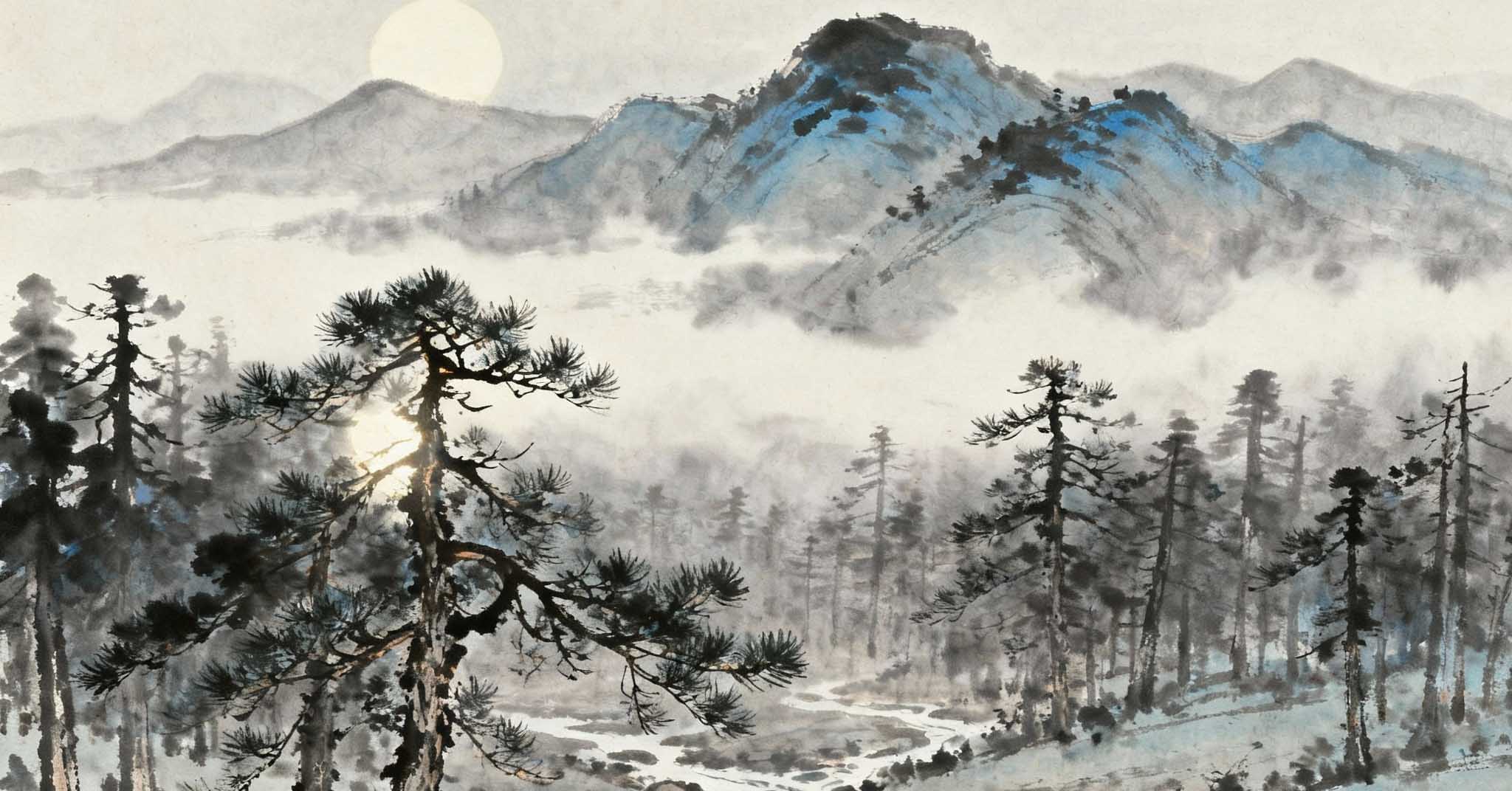
Kurzynski discusses how poetry extends beyond sound and rhythm and taps into a deeper network of meanings.
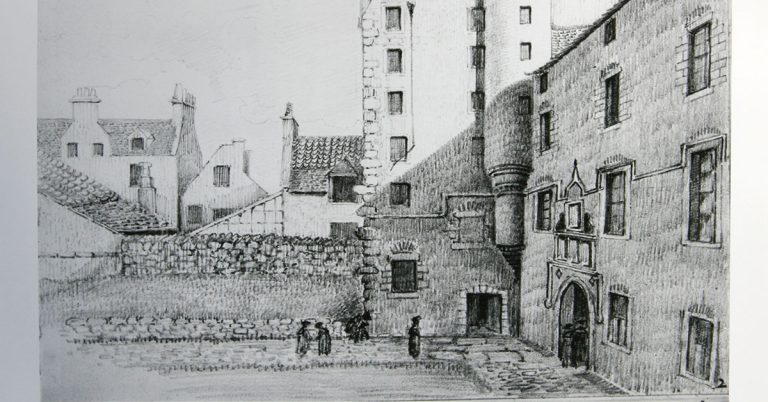
Gordon Graham re-assesses neglected critics of David Hume, four of whom formed the vanguard of Enlightenment thinking in Aberdeen.
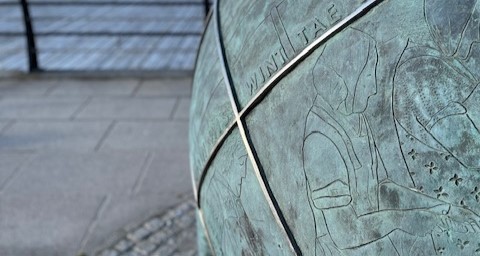
Véronique Molinari explores how four people united forces to help young Shetlanders emigrate to Australia
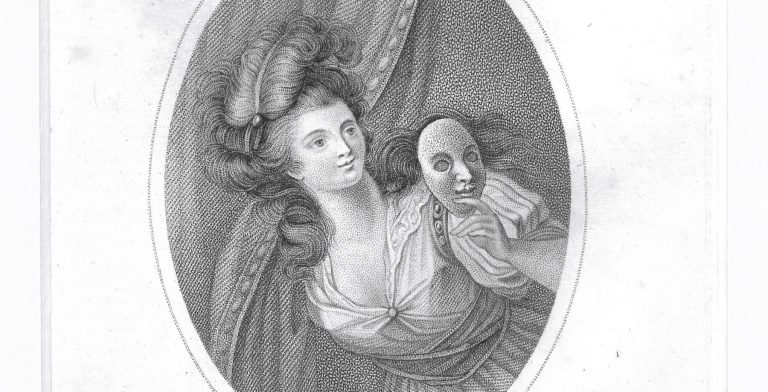
Caroline Breashears introduces the theatre star and political insider who may have influenced one of the greatest 18th century philosophers
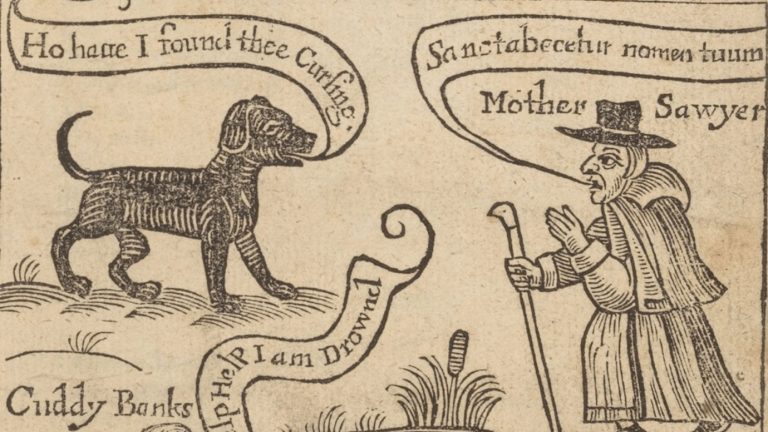
From royal gifts to diabolic manifestations, Nicole Maceira Cumming explores the varied ways dogs appear in the historical record
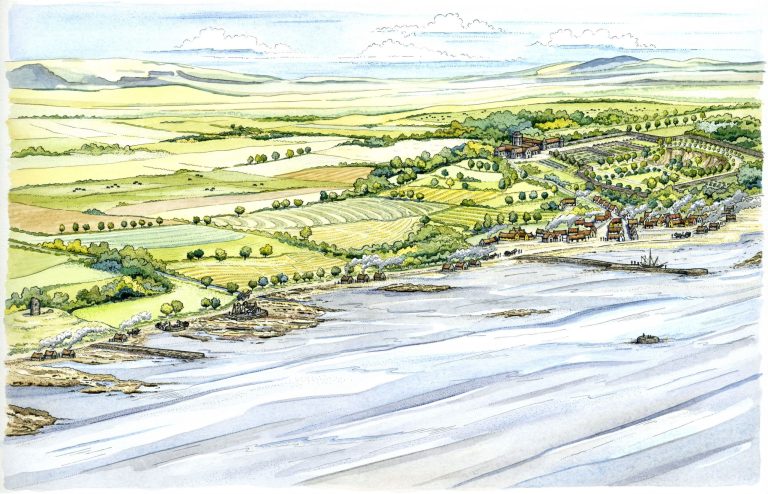
Donald Adamson and Robert Yates on the revolutionary 'Moat Pit' of Sir George Bruce, and the global significance it brought to industry in Culross
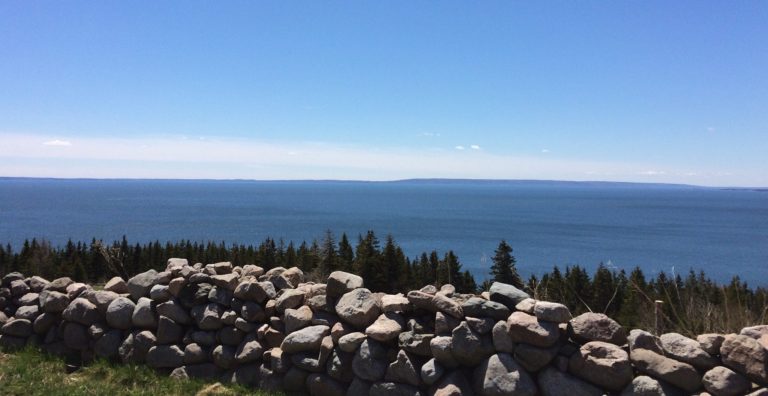
Stuart Dunmore discusses his motivations for researching new Gaelic speakers, and the incredible places and experiences this led to.
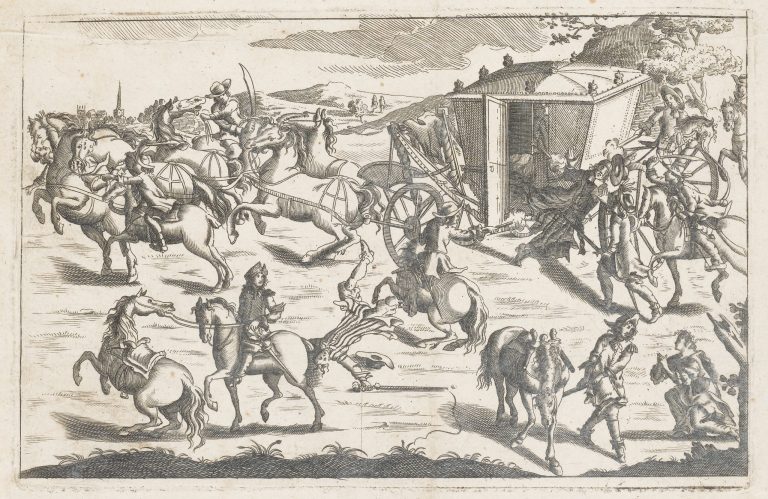
Allan Kennedy gives an introduction to criminality in 17th-century Scotland with four infamous crimes.

David Watts discusses the challenges of reducing food insecurity in Scotland, and the Scottish Government's 'Cash-First' initiative.
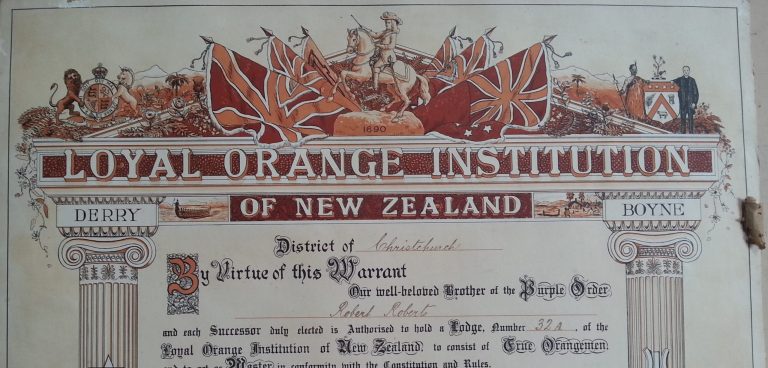
A Q&A with author Patrick Coleman on researching the Orange Order across 230 years and multiple continents.